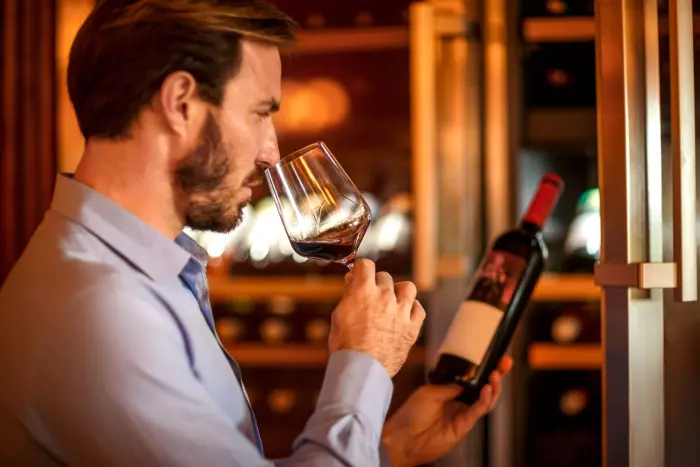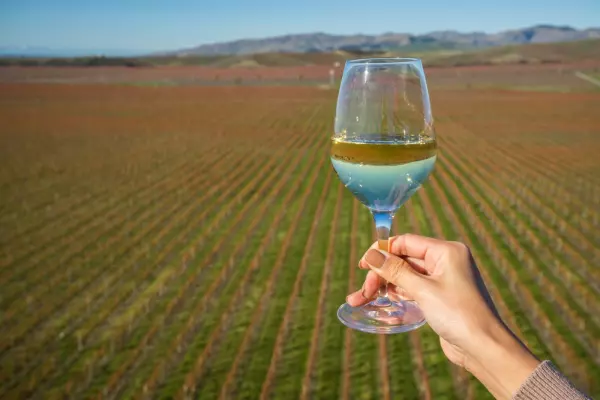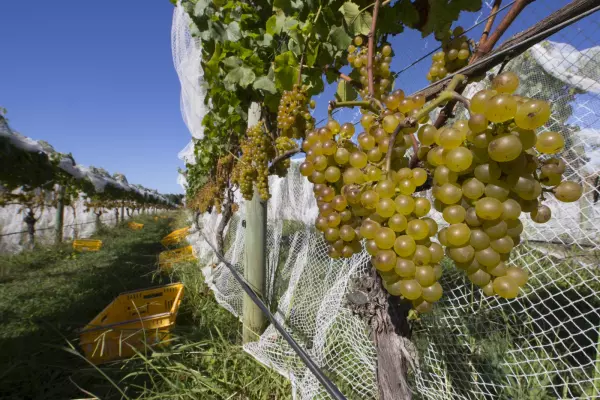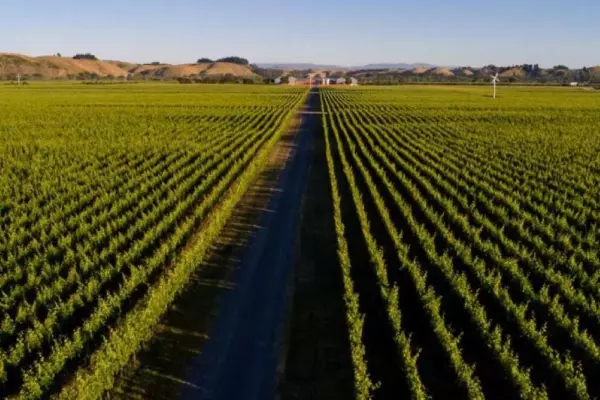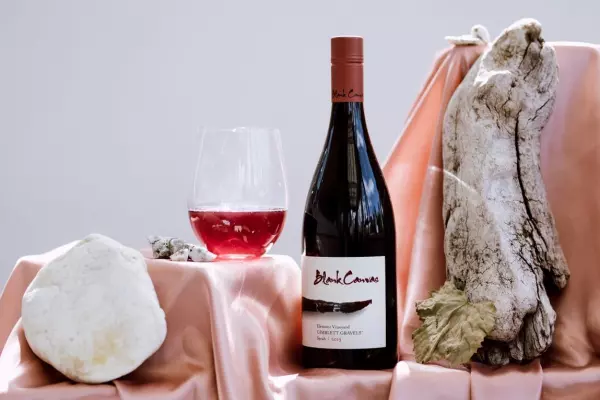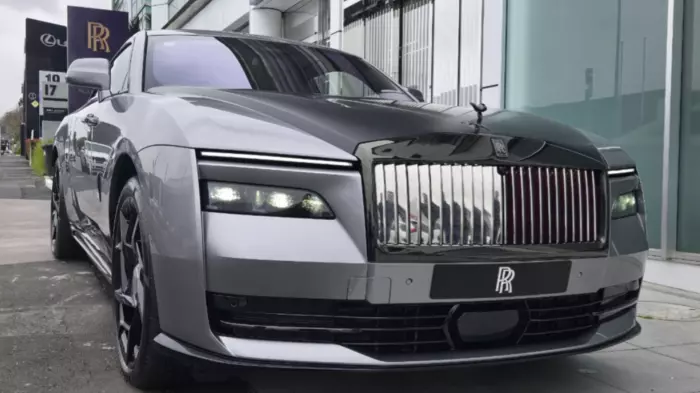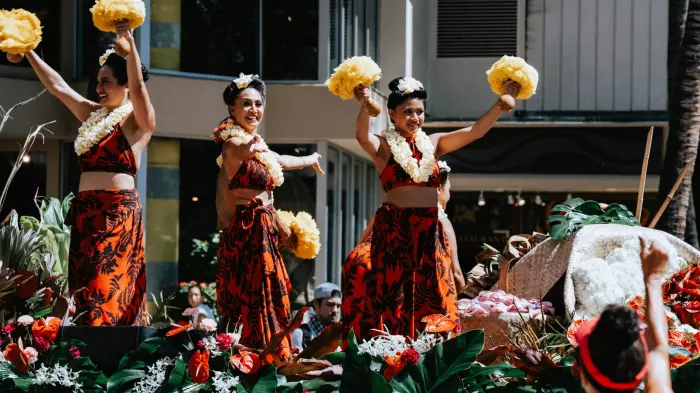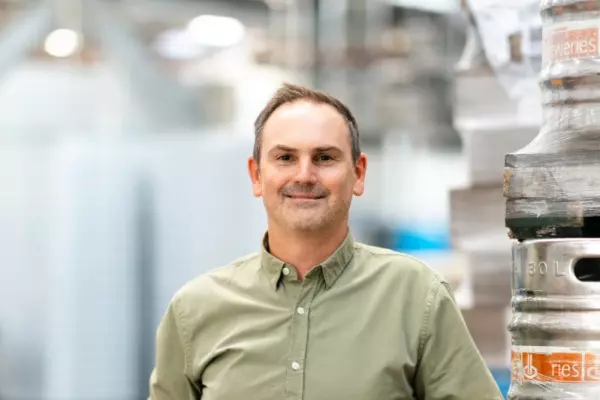One of the wine questions I am asked most often is, “How long does wine last once the bottle is opened?” There are too many variables to give a simple answer.
When we remove the closure on a bottle of wine, air begins to react with the contents and the oxidation process starts. It is not unusual, particularly for reds, for the wine to improve with a little aeration and ‘open up’ over an hour or two. That process can be sped up by decanting the wine, using an aeration device or simply swirling the wine as it sits in your glass.
If you wish to extend the life of wine in an opened bottle, it pays to restrict air contact or to slow oxidation. To do this, leftover wines, both red and white, should be stored upright in the fridge. The more air in the bottle, the quicker the wine will oxidise. A three-quarter-full bottle will last longer than a one-quarter-full one. Chilled reds can be quickly brought up to room temperature in the microwave. As shocking as that may sound, microwaving does not harm the wine.
If you carefully fill and reseal a half-bottle of wine it will, in my experience, stay perfectly fresh for up to a year.
Devices such as a Vacu Vin wine saver can be used to extend the life of opened bottles by pumping out much of the air, leaving a partial vacuum. The device, with two stoppers, is widely available for around $22.95.
A relatively new invention, the Coravin wine preserver, allows you to insert a find needle through the cork and force argon, an inert gas, into the bottle. The increased pressure forces wine out and into a waiting glass. Increasingly popular in restaurants, the Coravin allows you to sample a glass now, and again in a year’s time without loss of quality, according to the inventor. It is an expensive option, however. The device costs around $750, and the gas to extract 150mls of wine is about $1.30.
I routinely taste around 12 bottles of wine each day, putting the more interesting ones on the dinner table or in the fridge and giving the rest to friends and family. Because I remove no more than 50ml from each bottle, the wine lasts for several weeks before it shows obvious signs of oxidation – loss of fruit, a dull colour, and eventually sherry-like characters.
If I’ve kept a nearly full bottle in the fridge for 3-4 weeks, it is usually perfectly fine to drink. Older wines deteriorate more quickly than younger ones. Reds tend to last longer than whites. Big reds such as syrah typically stay fresh for longer than lighter reds such as pinot noir.
I recently tasted a bottle-aged flagship red from Pegasus Bay, the Prima Donna 2010 Pinot Noir. It earned a high score and a place on my dinner table that evening. It was magnificent. I looked forward to finishing the bottle the next night, but by then it was flat, oaky and unappealing. The finely nuanced fruit and spice flavours I had enjoyed the previous evening had sunk without trace.
If I had taken my own advice and kept the bottle in the fridge, or better still, decanted it into a half-bottle, I might have been able to enjoy it for two days in a row. Alternatively, I could have chosen the ultimate solution and polished it off on the first evening.
Bob's Top Picks
Investment Wine
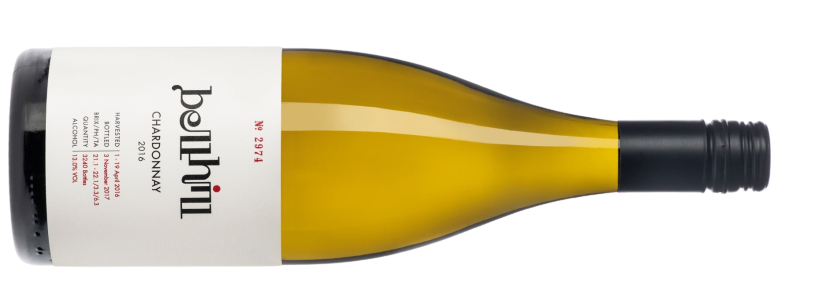
Bell Hill 2016 Chardonnay, North Canterbury $125
Small production, top quality, development potential and high demand – all the ingredients for a classic investment wine. Bell Hill makes only two wines. Its pinot noir is possibly an even better investment, but I marginally prefer the chardonnay. It’s an intense, powerful wine with toast, wildflower, tree fruits, ginger, chalk/mineral and spicy oak flavours. Hard to find. Start with Bell Hill’s website, bellhill.co.nz
Weekend Wines
Top White

Kumeu River 2019 Hunting Hill Chardonnay, Kumeu, $70
Winemaker Michael Brajkovich is very excited about the 2019 vintage. In my view his enthusiasm is totally justified. This is a taut, mouth-watering chardonnay in a rather Burgundian style with a nice blend of fruit, oyster shell, toast, spice and nutty oak flavours. Good weight and concentration. Accessible now but should respond well to a little bottle age.
Top Red

Bostock 2018 Vicki’s Vineyard Syrah, $70
The second vintage of a new Hawke’s Bay producer who purchased a mature vineyard. Owner John Bostock already owns extensive organically grown apple orchards and is in the process of gaining organic status for his vineyard. Elegant medium-bodied wine that’s accessible now but promises to become even more interesting with bottle age. Supple syrah with floral/violet, plum, blackberry, subtle herb, white pepper and mocha flavours supported by fine, drying tannins.
You can read more from Bob at therealreview.com


